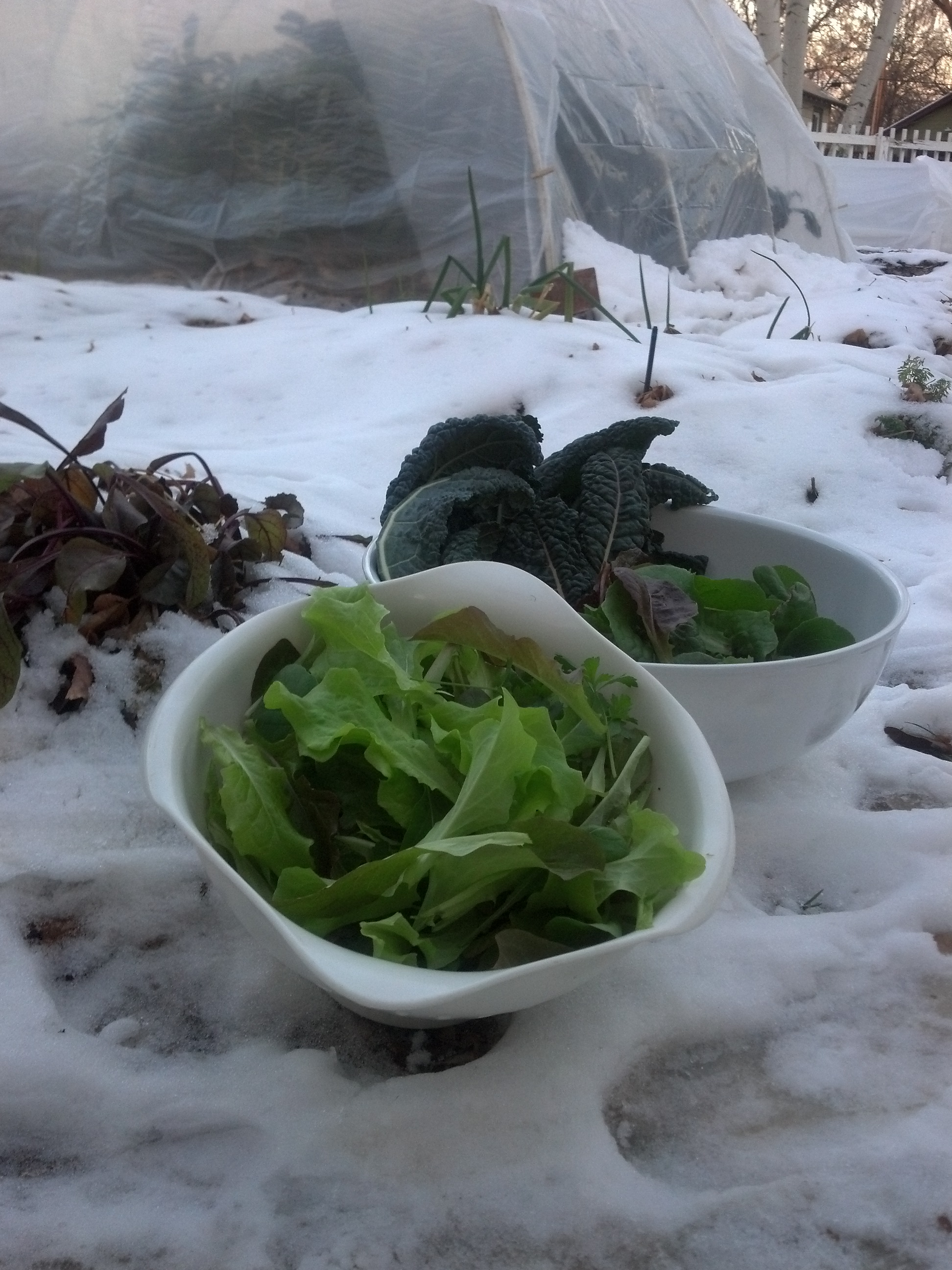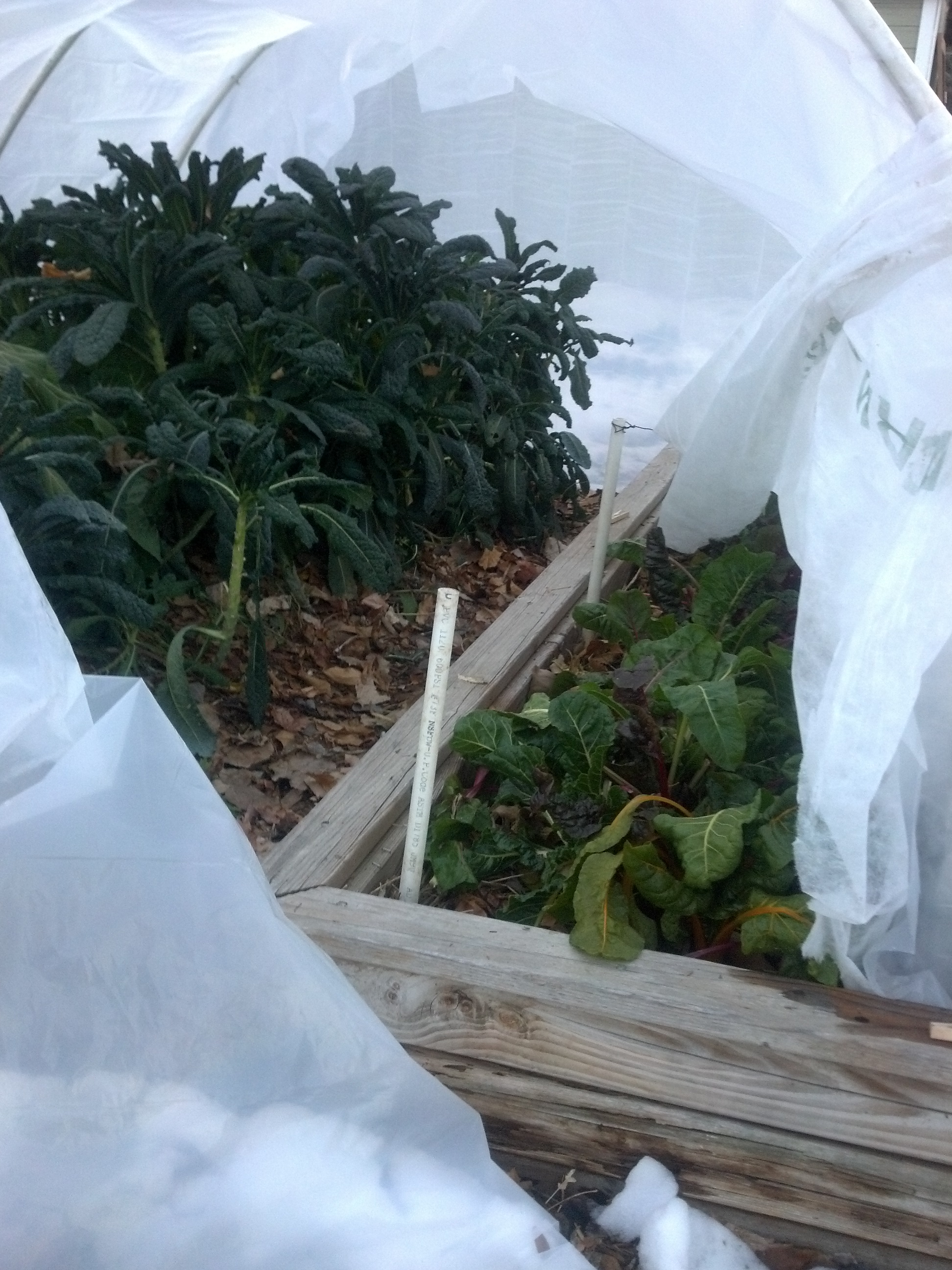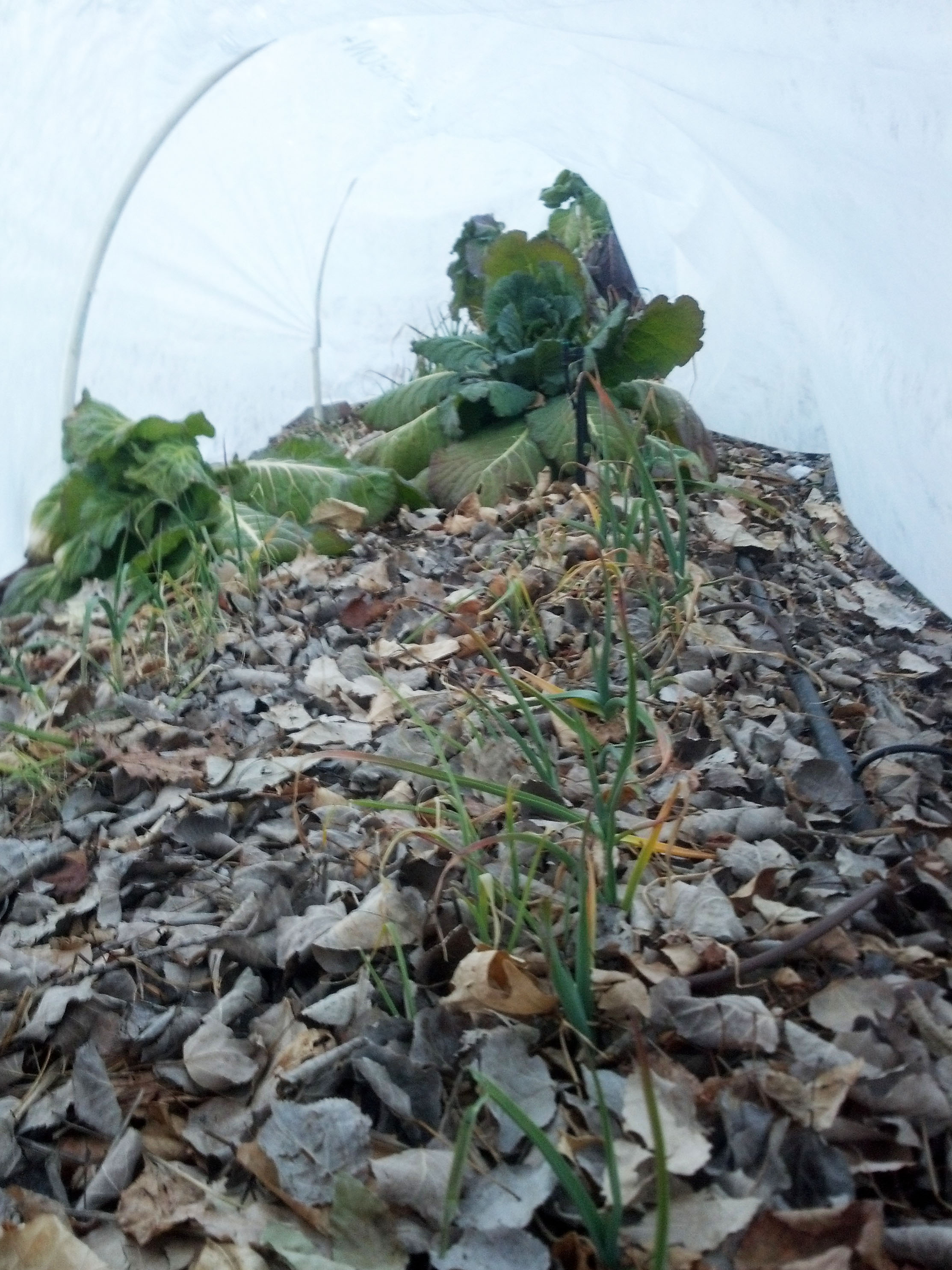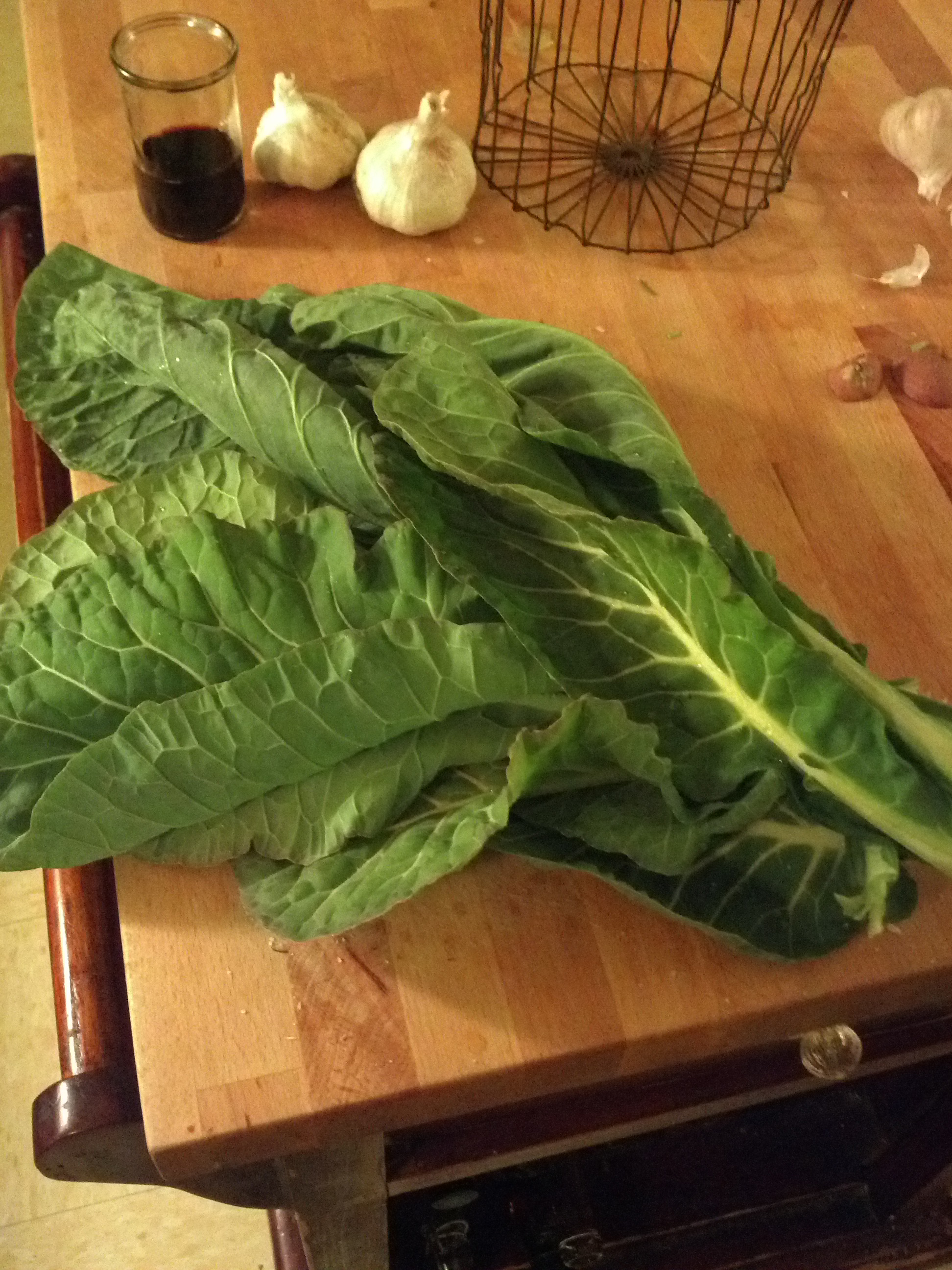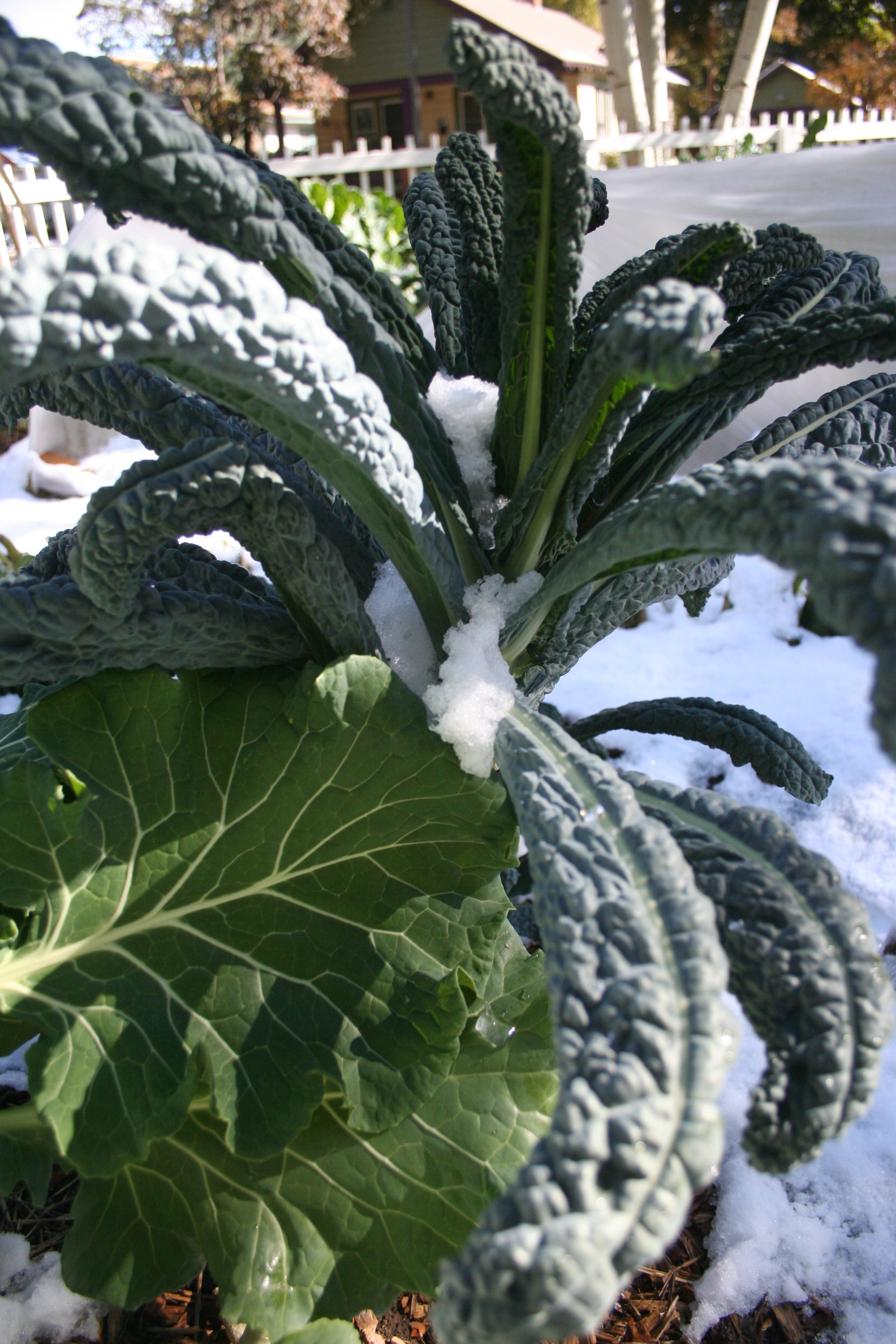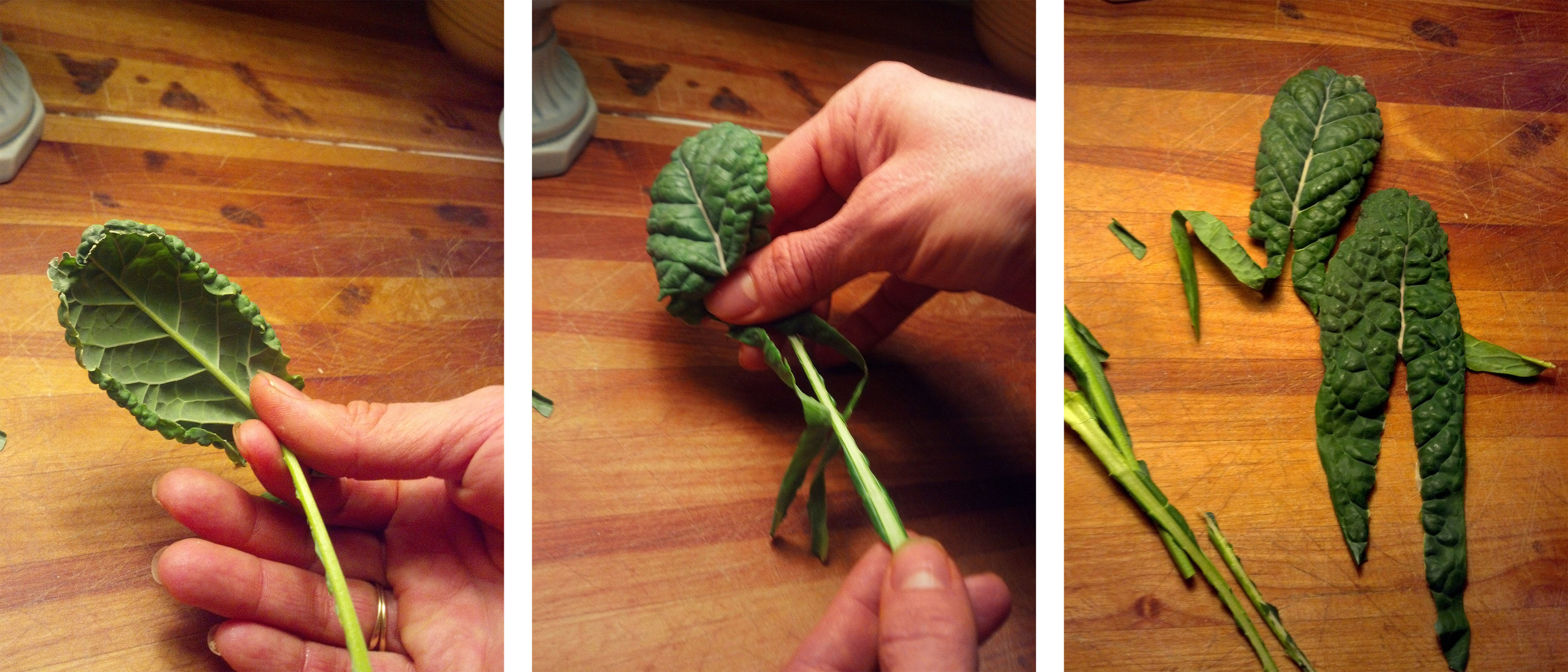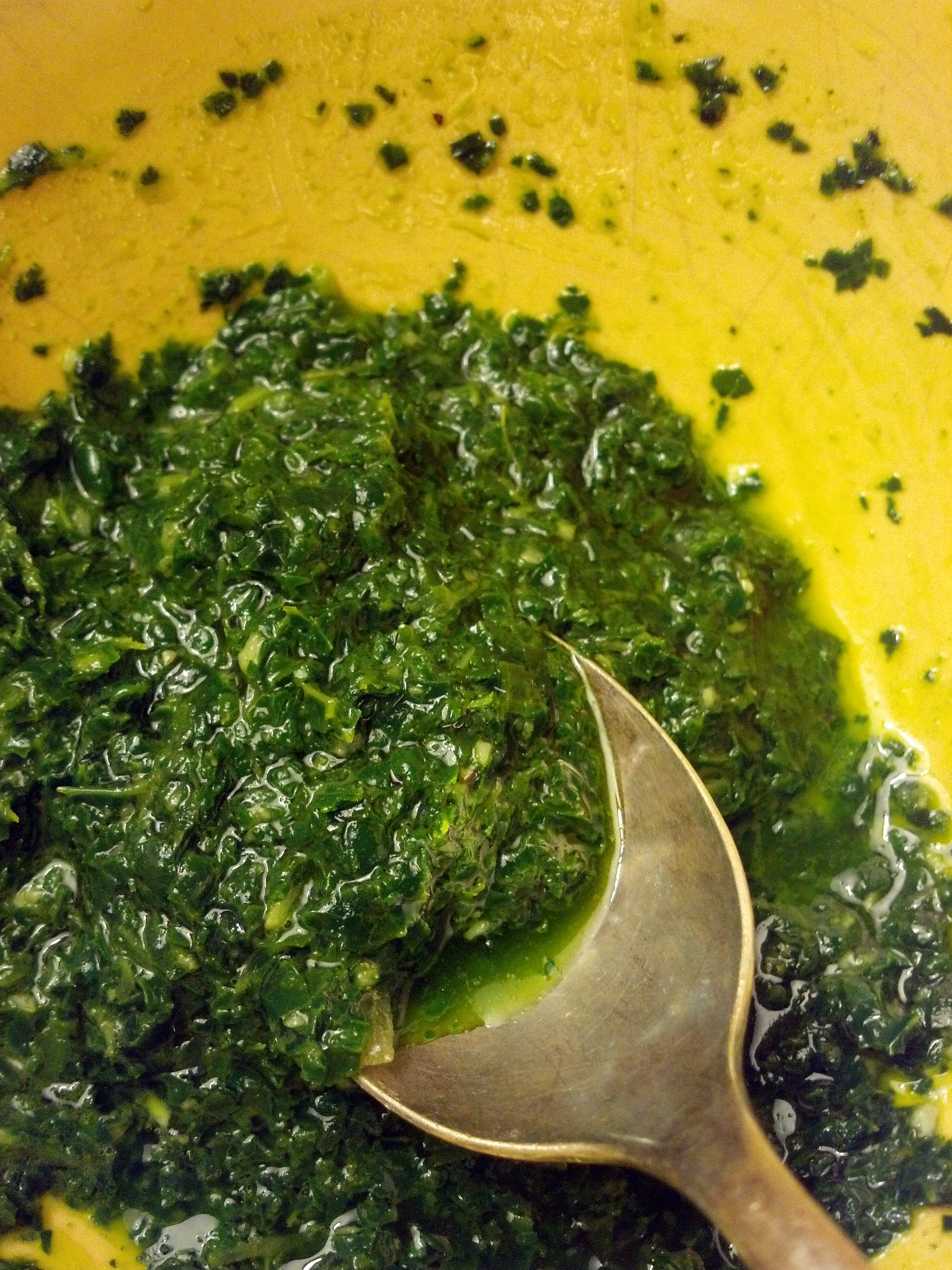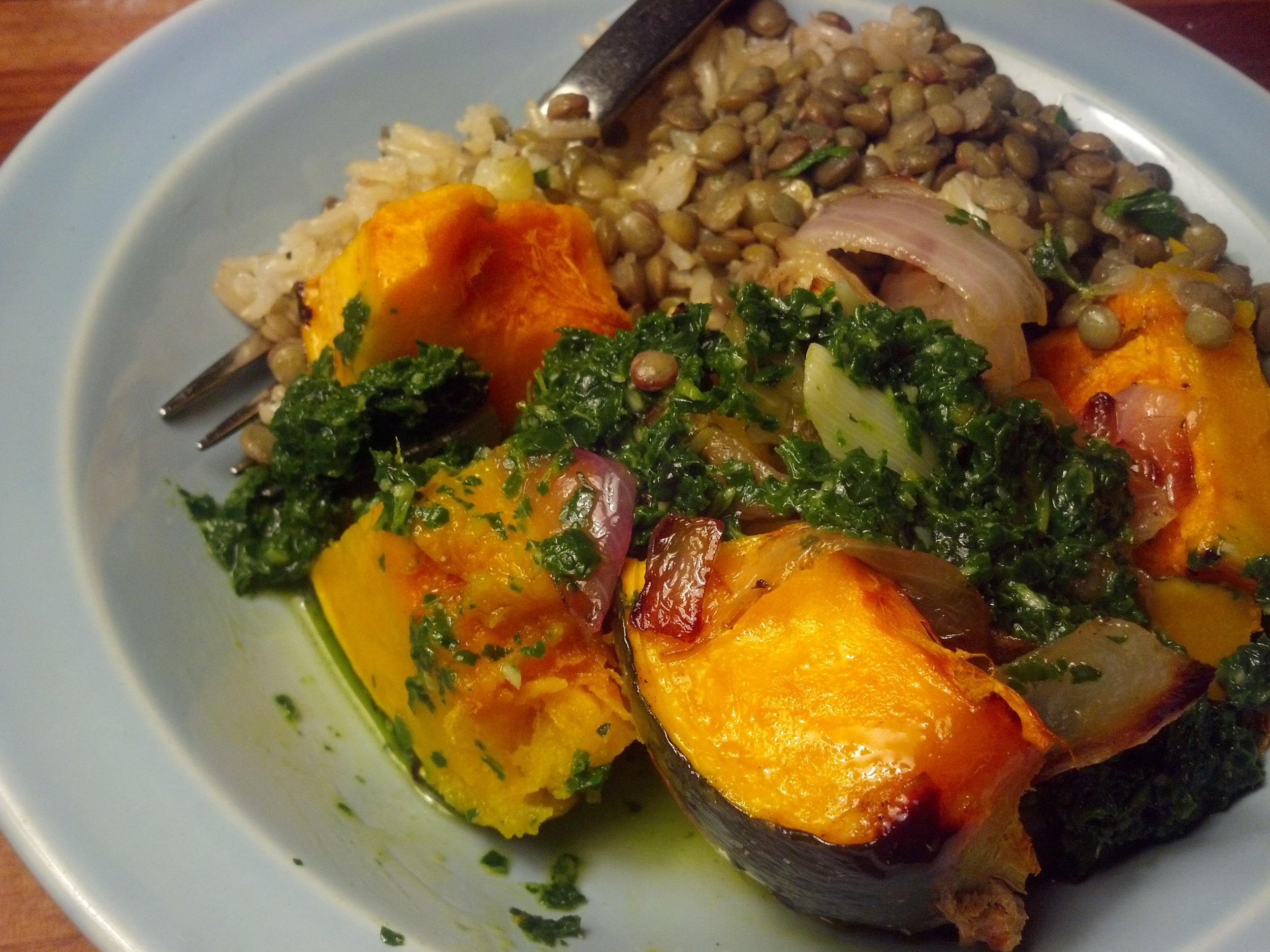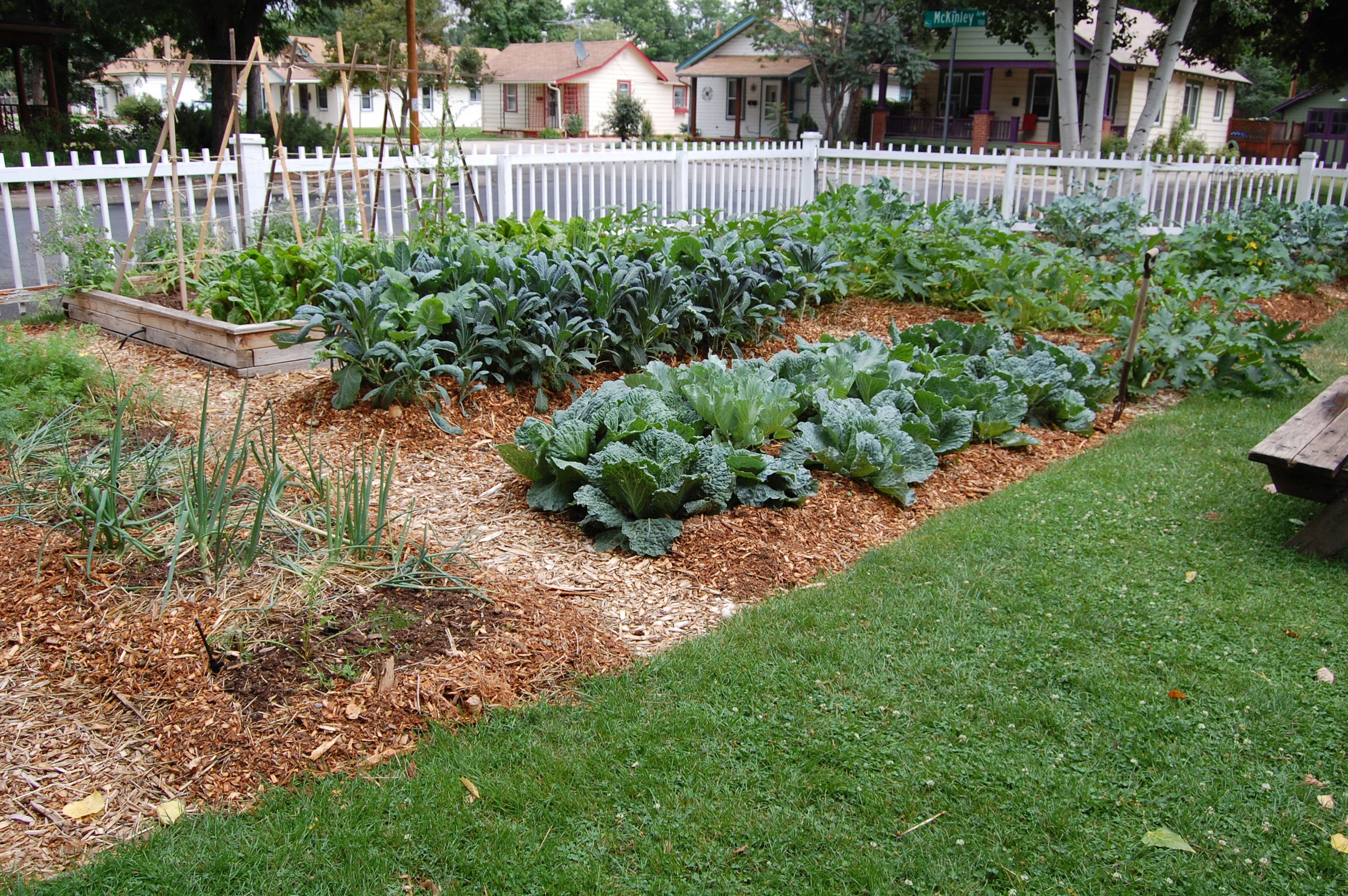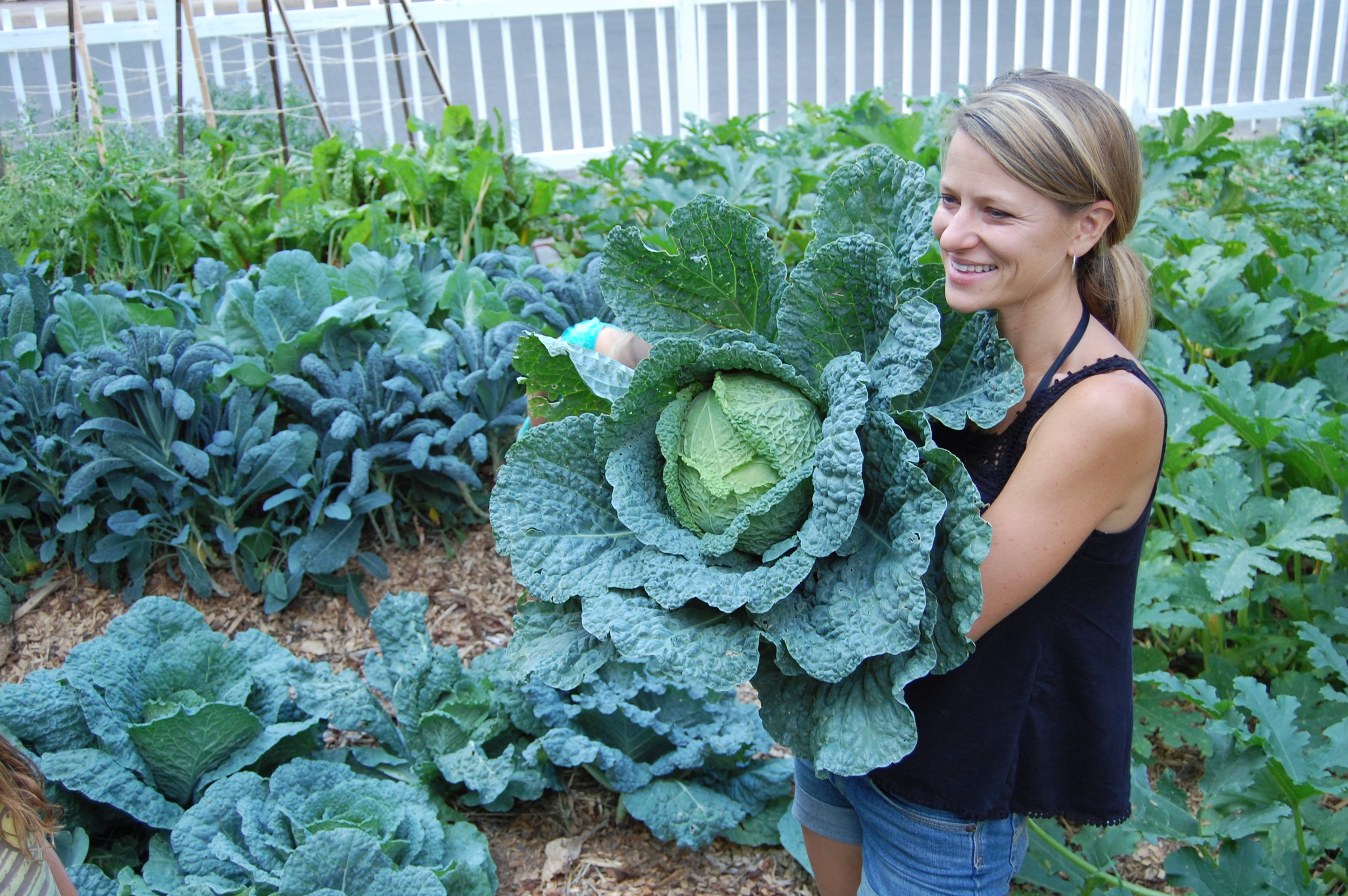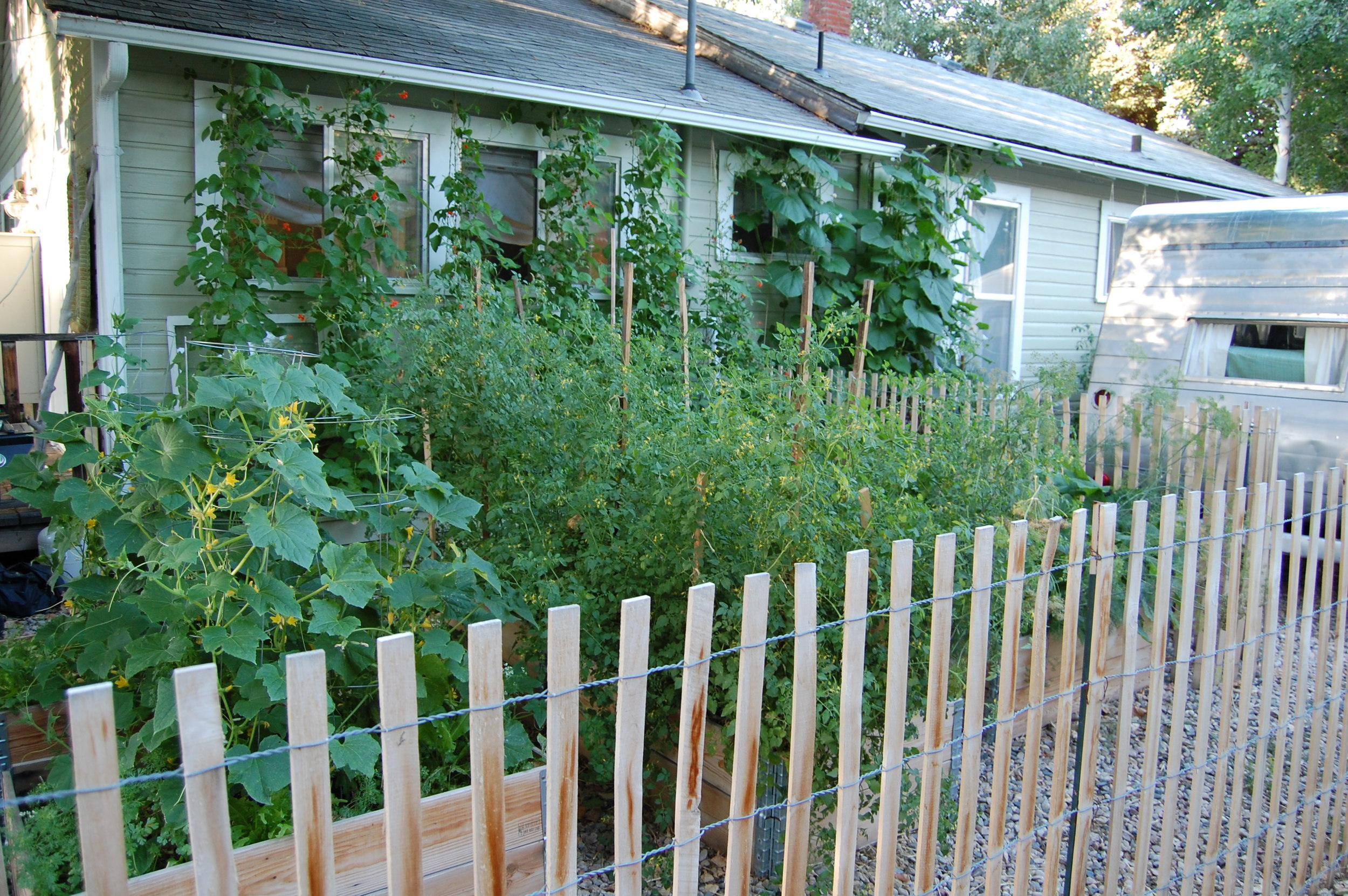Winter Kale Pesto
Winter in Colorado is beautiful. I love snow, and the welcome change from busy outdoor life to cozy fireside planning. I had hoped to keep a lot of plants alive through the winter months by covering them with a layer of frost blanket and plastic. Things were going well until our unexpected deep freeze week that hit in December.
Since then, we've eaten most of the kale that survived the sub zero temperatures and I'm hanging on to a handful of very hardy, if pitiful-looking collard plants which I'm still picking from.
Over Christmas, the girls and I were enjoying Jamie Oliver's 'Jamie at Home' show on youtube, and were thrilled to hear him describing our favorite kale variety - 'Cavolo Nero' (black cabbage in Italian). In our area, it's quite easy to find in most natural supermarkets - labeled as 'Lacinato', 'Tuscan' or 'Dinosaur' kale.
He stopped in his garden, picked a leaf of this 'Cavolo Nero' and said "now, this cabbage is grown everywhere in Italy. Italians have SO many recipes for this variety". Of course, I was thrilled - since this is the kind I grow a TON of each season, because I love the taste and texture so much.
He proceeded to share a simple recipe - something I'd never done with it before - a simple kale pesto.
Basically - you strip the leaf away from the vein - so that you are left with the most tender part of the kale leaf:
Then, you toss a few good handfuls into salted boiling water with a couple of whole garlic cloves for just maybe 3 or 4 minutes. Drain them, then 'wazz' them up in the food processor with a generous drizzle of extra virgin olive oil and salt.
There you have it - a luscious, vibrantly green simple pesto.
Jamie says that the Italians he knows will toss this with pasta, or drizzle over meats or veg. This winter, we used it on top of a steaming baked potato, as a dip for crusty bread. It has a simple mild flavor - since the garlic has been blanched - but I've added red pepper flakes and a squeeze of lemon to mix it up. Fun!
Here is another recent meal that we LOVED using the kale pesto:
I plan to use my winter collard greens in a pesto, since their flavor is very similar. Winter grown greens are especially sweet, as the frost or freeze makes them less bitter. I love the challenge of trying to eat mostly what is local or in season. Eating lots of green helps to subdue my winter woes - and hopefully I can last until our garden looks like this again!:
